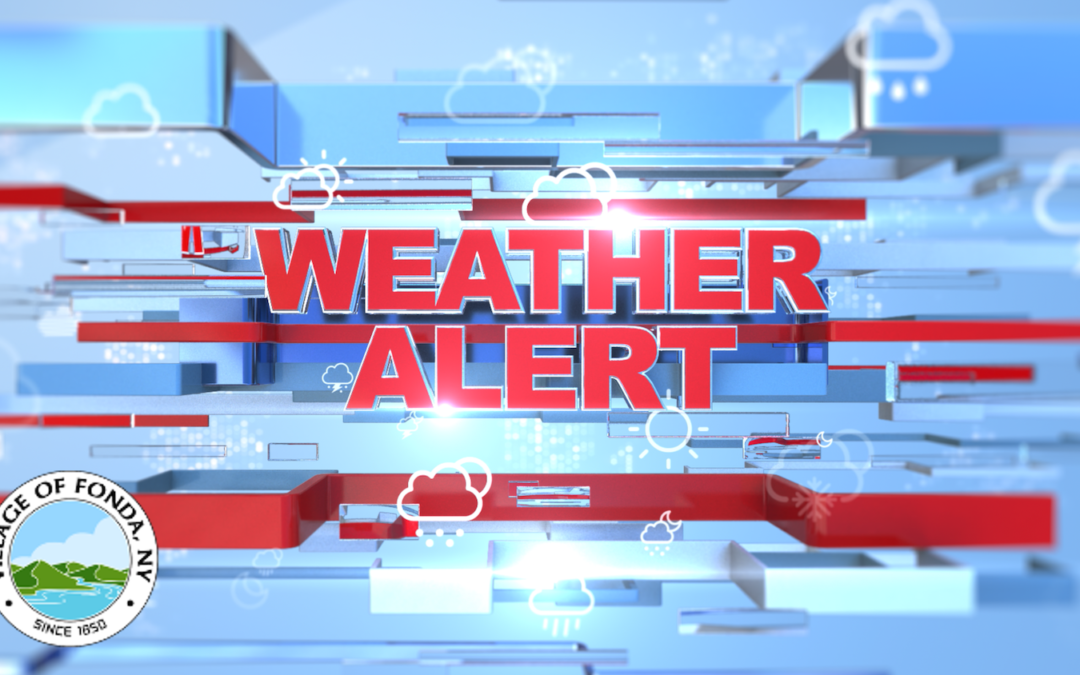Alert Levels
These levels are often used in weather forecasting to convey the likelihood and potential severity of upcoming weather events, helping people understand the risk and take appropriate precautions.
Tornado Watch vs. Tornado Warning
Tornado Watch
- Definition: A tornado watch is issued when weather conditions are favorable for the formation of tornadoes in a specified area.
- Purpose: It alerts the public to be prepared and stay vigilant for possible tornadoes.
- Typical Duration: It can last for several hours.
- Action: People should stay informed about the weather and be ready to take action if a warning is issued.
Tornado Warning
- Definition: A tornado warning is issued when a tornado has been sighted or indicated by weather radar.
- Purpose: It warns the public that a tornado is imminent or occurring.
- Typical Duration: It usually lasts for a shorter period, such as 30 minutes to an hour.
- Action: People should take immediate action to protect themselves, such as seeking shelter in a safe location.
Difference Between Watch and Warning
- Watch: Conditions are right for tornadoes (be prepared).
- Warning: A tornado has been spotted or detected (take immediate action).
Numeric Levels of Weather Phenomena
Wind
The Beaufort Wind Scale categorizes wind speeds into various levels:
- 0-12 mph (0-19 km/h): Calm to Light Breeze
- 13-24 mph (20-38 km/h): Gentle Breeze to Moderate Breeze
- 25-38 mph (39-61 km/h): Fresh Breeze to Strong Breeze
- 39-54 mph (62-88 km/h): Near Gale to Gale
- 55-73 mph (89-117 km/h): Strong Gale to Whole Gale
- 74-95 mph (118-153 km/h): Storm to Violent Storm
- 96+ mph (154+ km/h): Hurricane Force
Tornado
The Enhanced Fujita (EF) Scale classifies tornadoes based on estimated wind speeds and damage:
- EF0: 65-85 mph (105-137 km/h)
- EF1: 86-110 mph (138-177 km/h)
- EF2: 111-135 mph (178-217 km/h)
- EF3: 136-165 mph (218-266 km/h)
- EF4: 166-200 mph (267-322 km/h)
- EF5: Over 200 mph (323+ km/h)
Hail
Hail is categorized by diameter:
- Pea: 0.25 inches (0.64 cm)
- Marble: 0.5 inches (1.3 cm)
- Dime: 0.75 inches (1.9 cm)
- Nickel: 0.88 inches (2.2 cm)
- Quarter: 1.0 inch (2.5 cm)
- Half Dollar: 1.25 inches (3.2 cm)
- Walnut/Ping Pong Ball: 1.5 inches (3.8 cm)
- Golf Ball: 1.75 inches (4.4 cm)
- Hen Egg: 2.0 inches (5.1 cm)
- Tennis Ball: 2.5 inches (6.4 cm)
- Baseball: 2.75 inches (7.0 cm)
- Tea Cup: 3.0 inches (7.6 cm)
- Grapefruit: 4.0 inches (10.2 cm)
Weather Severity Levels
Marginal
- Definition: Slight risk of severe weather.
- Conditions: Isolated severe storms possible, with limited intensity and coverage.
Possible
- Definition: Slight to moderate risk of severe weather.
- Conditions: Scattered severe storms possible, more widespread than marginal but still limited in coverage.
Likely
- Definition: Moderate to high risk of severe weather.
- Conditions: Numerous severe storms expected, with increased intensity and coverage.
Very Likely
- Definition: High risk of severe weather.
- Conditions: Widespread severe storms expected, with significant impact.
Extreme
- Definition: Very high risk of severe weather.
- Conditions: Severe storms almost certain, with potential for widespread and catastrophic impacts.
Preparations Based on Warning or Watch Level
By understanding the differences between watches and warnings and knowing the appropriate preparations for each, you can significantly increase your safety and readiness during severe weather events.
Tornado Preparations
Tornado Watch:
- Stay Informed: Monitor weather updates via radio, TV, or smartphone apps.
- Identify Safe Shelter: Know the safest place in your home, such as a basement or an interior room on the lowest floor, away from windows.
- Prepare Emergency Kit: Assemble essential items like water, food, medications, flashlight, batteries, and a first-aid kit.
- Plan Communication: Ensure all family members know the emergency plan and have a way to communicate.
Tornado Warning:
- Seek Immediate Shelter: Move to the identified safe place immediately.
- Protect Yourself: Use a helmet, mattress, or heavy blankets to protect against debris.
- Stay Low: Get under something sturdy if possible.
- Avoid Windows: Stay away from windows and cover yourself to protect yourself from glass.
High Winds Preparations
High Wind Watch:
- Secure Outdoor Items: Bring in or tie down outdoor furniture, garbage cans, and other loose items.
- Check Trees: Ensure trees and branches near your home are trimmed to prevent damage.
- Stay Informed: Keep up with weather updates and alerts.
High Wind Warning:
- Stay Indoors: Avoid going outside during high wind events.
- Close and Secure Windows/Doors: Ensure all windows and doors are closed and securely fastened.
- Avoid Dangerous Areas: Stay away from windows and large, unsecured objects.
- Power Outage Preparedness: Have flashlights, batteries, and a backup power source if necessary.
Lightning Storms Preparations
Lightning Watch:
- Monitor Weather: Keep an eye on weather forecasts and alerts.
- Outdoor Activities: Plan to move indoors if thunderstorms are predicted.
- Unplug Electronics: Consider unplugging sensitive electronics to protect them from power surges.
Lightning Warning:
- Seek Shelter: Immediately go indoors or into a hard-topped vehicle.
- Avoid Conductive Items: Stay away from metal objects, water, and electrical appliances.
- Stay Inside: Remain indoors for at least 30 minutes after the last clap of thunder.
- Stay Low: Avoid high places and open fields.
Hail Preparations
Hail Watch:
- Monitor Weather Reports: Stay informed about potential hail events.
- Protect Vehicles: Move cars and other vehicles into a garage or covered area.
- Secure Outdoor Items: Bring in or secure outdoor furniture and other items that could be damaged.
Hail Warning:
- Stay Indoors: Avoid going outside during a hailstorm.
- Protect Windows: Close drapes, blinds, or shades to protect against broken glass.
- Move to Safe Areas: Stay in a safe part of your home, away from windows.
- Cover Vehicles: Use blankets or other coverings if you cannot move vehicles indoors.
General Emergency Kit Essentials:
- Water: At least one gallon per person daily for three days.
- Non-perishable Food: At least a three-day supply.
- First-aid Kit: Include necessary medications and supplies.
- Flashlight and Batteries: Extra batteries as well.
- Multi-tool or Tool Kit: Basic tools for emergency repairs.
- Portable Charger: For mobile devices.
- Important Documents: Keep copies of identification, insurance, and medical records.
Communication Plan:
- Family Plan: Make sure all family members know where to go and how to communicate.
- Emergency Contacts: Have a list of emergency contacts readily available.






